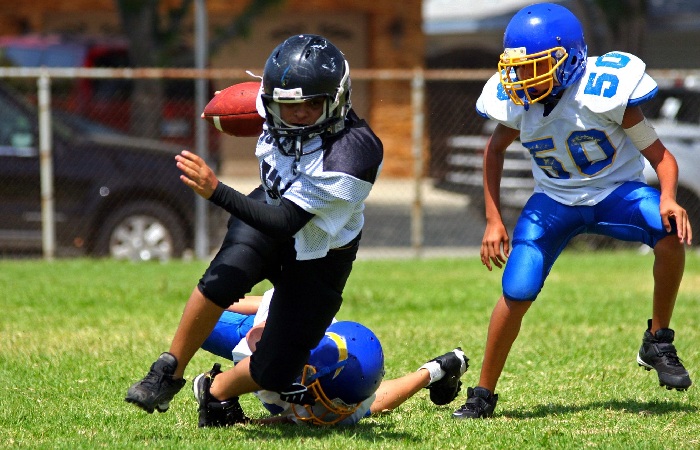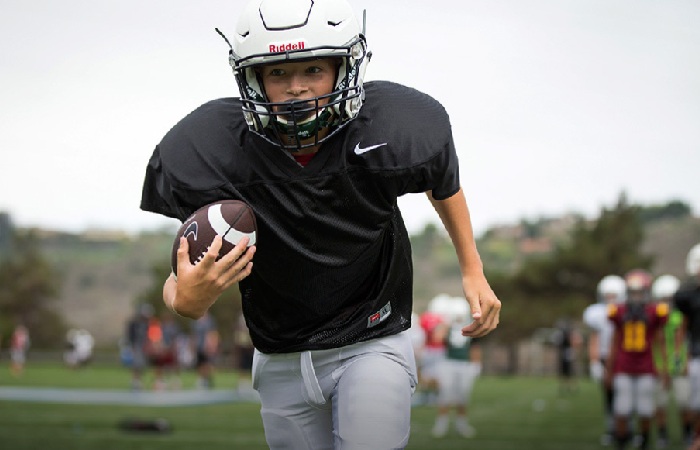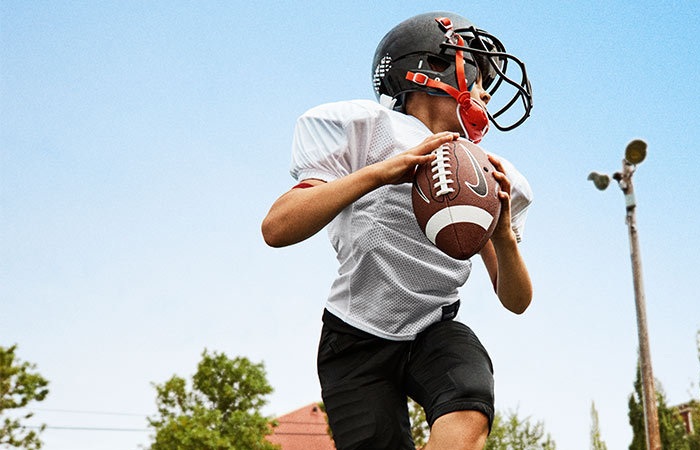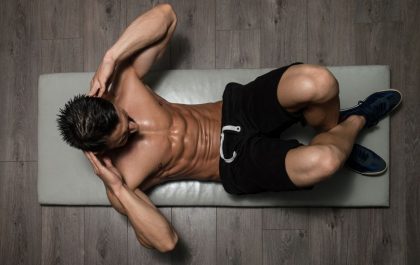Table of Contents
Introduction
Fitting your Equipment – Parents, guardians, and coach, please consider starting the season off safely and proactively by having your child’s athletic equipment fitted adequately by an expert in sports medicine. UPMC Sports Medicine certified athletic trainers would work on your athlete’s equipment and verify that it is according to national safety and producer strategy.
We Fit Helmets and Defensive Facemasks for Early Stages
- Football players
- Ice Hockey players
- Lacrosse boots
- Cycling equipment includes fitting bicycle helmets for recreational use.
We Athletic Shoulder Pad and Protective Gear for Early Stages:
Shockingly or loosely fitted athletic equipment can lead to serious injury, as this reduces the ability of the helmet, shoulder pad, or other defensive gear to occupation as needed.
An adequately fixed helmet does not prevent concussions, neck injuries, or other head-related injuries. UPMC Sports Medicine does not encourage or support any specific brand of athletic equipment.
Our protective athletic equipment fitting is free of charge for individuals or families. Still, a fee is associate with team or youth organization group fittings base on the number of participants involve.
Protective Materials of Fitting your Equipment

Highly resilient materials when protection from repeated impacts is required. Non-resilient materials can be when a one-time or occasional effect. And also, Different types of protective materials include:
- Foam: Two primary types: open-cell and closed-cell. Open-cell foams are low-density materials that can absorb fluids and are commonly use to pad defensive equipment’s bony or hard edges. Open-cell does not have good shock-absorbing qualities. Closed-cell has superior shock absorbing abilities and resilience to fluid absorption and is more prefer.
- Air management pads are a comparatively new type use when maximal shock absorption is necessary for light weight gear.
- Gel-like Orthogel helps absorb shock. A gel helps protect bony areas such as the foot, hand and AC joint. It canister be cut as a horseshoe pad to treatment an ankle sprain with cryotherapy. Lack of longevity is a drawback associated with gel.
- Felt is extremely useful for creating various types of supports and protective pads. It is use for arch supports and horseshoes to reduce oedema and treat an ankle sprain.
- Thermoplastics for splints and custom pads. It can divide into plastic and rubber. Plastic is more appropriate for small slings, Such as on the hand. The working temperature for these materials ranges from 150 to 180 degrees F.
- Casting material like silicone elastomer is popular in fabricating soft splints for hands or wrist injuries.
Safety Principles For Sports Equipment And Facilities

There is serious concern about the principles for protective sports equipment. Particularly substance durability standards. Problems that include who should set these standards. Mass production of equipment, equipment testing methods, and requirements for wearing protective gear.
Standards are too need for protective equipment. Maintenance to keep it in good determine when to throw it away. Too often, particularly at the secondary and middle school levels. Old, worn-out, and ill-fitting equipment. Approving down from the varsity players to the younger and often less-experienced players, compounding their risk of injury.
Those purchasing equipment must learn to be less concerned with the color, look, and style of a piece of equipment and more concerned with its ability to prevent injury.16 Given the overwhelming public concern for concussion injuries related to sports. This is particularly important for football helmets. Many national organizations are addressing these issues.
Engineering, chemistry, biomechanics, anatomy, physiology, physical, computer science, and other related disciplines solve problems inherent in the safety standardization of sports equipment and facilities. Focus Box 6–1 list regulatory agencies.
Sports Protective Equipment: Sports Injury Prevention

As an effect of injuries to athletes during sporting activities. Security standards by the government. National well-being and public health organisations identify risks and protective gear requiring in specific sports. Particularly action or high contact sports, to reduce the risk of injury. And also, athletes compete efficiently or as part of employment under work-related safety and health standards. When attractive in a sport. And also, it is best to seek expert sports advice about the type of protective equipment require.
Protective equipment may include helmets, eyewear, mouth guards, face protection, jock straps, life jackets, safety mats, pads and guards, protective footwear and padded flame-resistant pressure suits for motorcyclists and motor cross participants.
Conclusion
Both self-confidence and concentration essential elements. Within a sport that all athletes to work on early in their careers. Ultimately by concentrating well, an athlete takes in the information necessary to make good decisions . Such as responding to an opponent or adapting to the environment. Wearing the proper gear reduces the chances of your injury, enabling you to focus on the game and not worry about accidents. And also, wearing the right equipment does not exclusively apply to rough sports.
Related posts
Featured Posts
How AI Dubbing Is Changing the Game for YouTube Creators and Influencers
Today, the continuously innovating platform of a global audience that reaches from YouTube to creators and influencers has become their…
Exercises to Have the Best Six-Pack in Summer
Introduction Marking the abdomen area is the goal of true fitness lovers. And, is that this summer you can teach…


